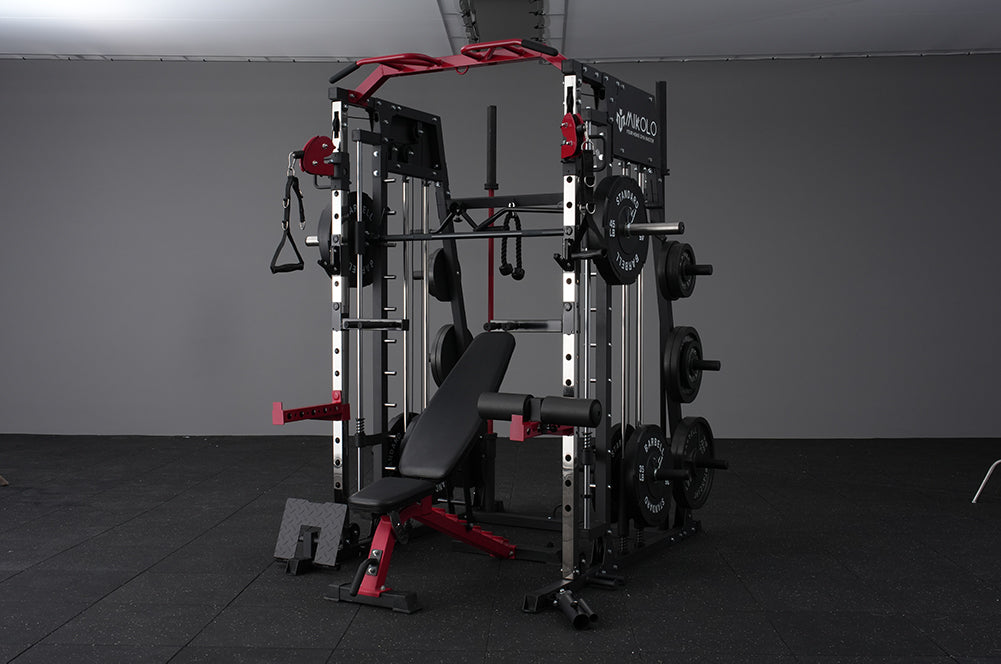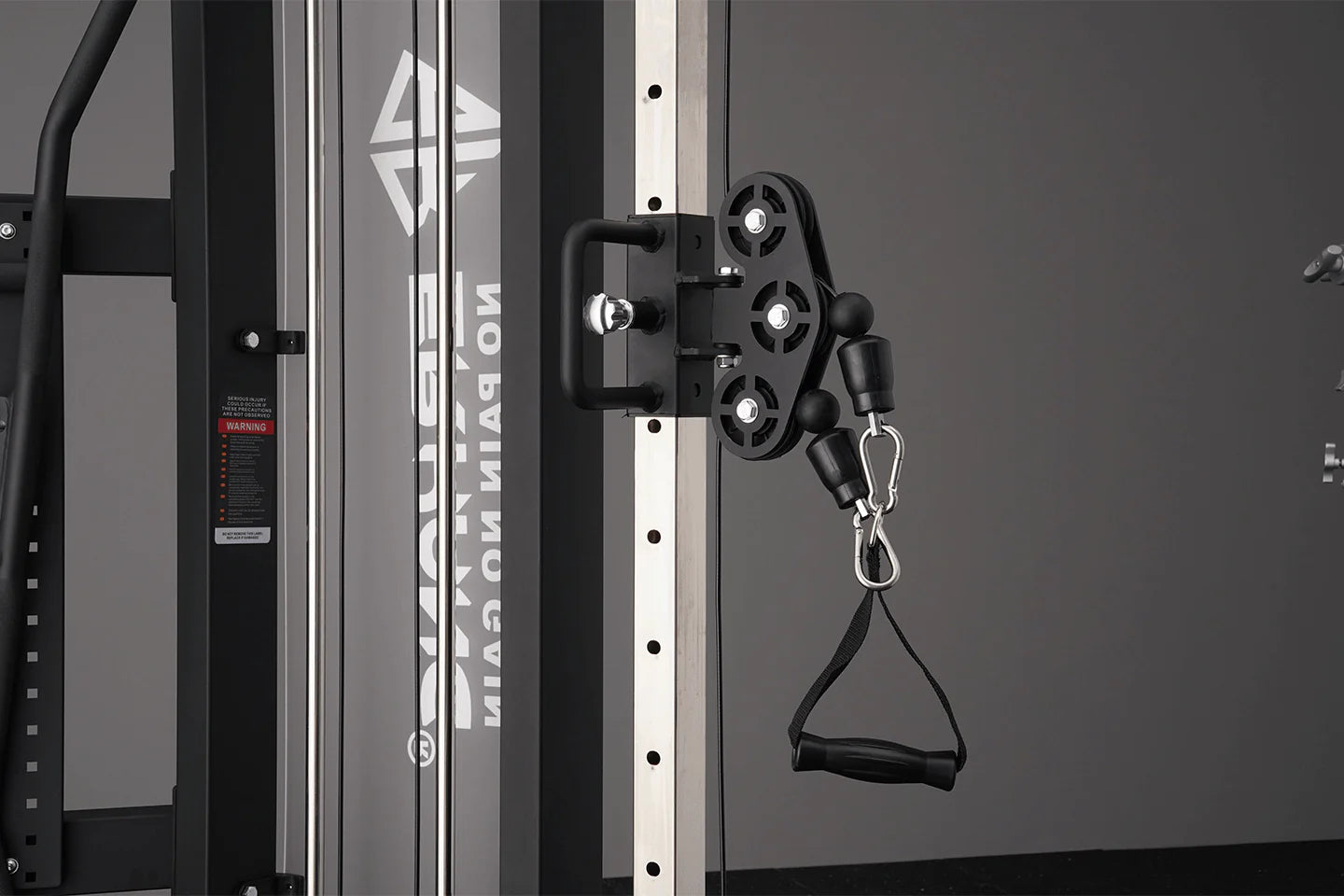Trapezius Muscle
The trapezius muscle, located beneath the skin of the neck and back, forms a triangular shape on each side, coming together to create a trapezoid across the back. It connects the scapular bones to the skull base and vertebrae, playing a crucial role in suspending the shoulder girdle.
Functional Anatomy
The trapezius originates from the external occipital protuberance, the nuchal ligament, the spinous process of the seventh cervical vertebra, and all the thoracic vertebrae. Its fibers are divided into upper, middle, and lower portions, which insert into the lateral third of the clavicle, the acromion, and the spine of the scapula, respectively.
- Upper Fibers: When contracted, the upper fibers elevate, upwardly rotate, and retract the scapula. This action is particularly noticeable when the shoulders are shrugged upwards.
- Middle Fibers: The contraction of the middle fibers primarily causes scapular retraction, drawing the shoulder blades together and upwardly rotating them.
- Lower Fibers: Often the most overlooked part of the trapezius, the lower fibers, when well-developed, contribute to the distinct "cobra" appearance. These fibers originate from the spine and insert into the scapula. They are responsible for depressing the scapula (pushing the shoulder blades downward), aiding in scapular adduction (bringing the shoulder blades closer together), and working in conjunction with the upper fibers to upwardly rotate the scapula.
When the attachment point closer to the head (the cranium or cervical vertebrae) is stabilized, contraction of the upper fibers results in elevation and upward rotation of the scapula, as well as retraction. With the distal attachment point stabilized (such as when the hands are fixed in position), unilateral contraction of the trapezius can cause the head to tilt towards the same side and rotate towards the opposite side, while bilateral contraction straightens the head and spine. Developing this muscle in children and adolescents can help prevent and correct postural issues like kyphosis (hunchback).
Collection For Trapezius Muscle
Articles & Guides

How Much Does the Average Smith Machine Bar Weigh
As you walk into a gym and are surrounded by the usual sights and sounds of clanging weights and treadmills, one piece of equipment stands out: the Smith Machine. It’s a staple for many strength t...

Does the deadlift target the back or the legs more?
The deadlift is an exercise for anyone looking to get bigger and stronger. Not only that, when done and done right it can prevent injury and even improve mobility. So if you want to be a more robus...

15 Gyms in San Antonio, Texas for Every Type of Workout 2024
San Antonio is one of the fastest growing cities in the country and has a ton of gyms to choose from. From big box gyms for serious athletes to small studios for yoga and meditation, there’s someth...


























